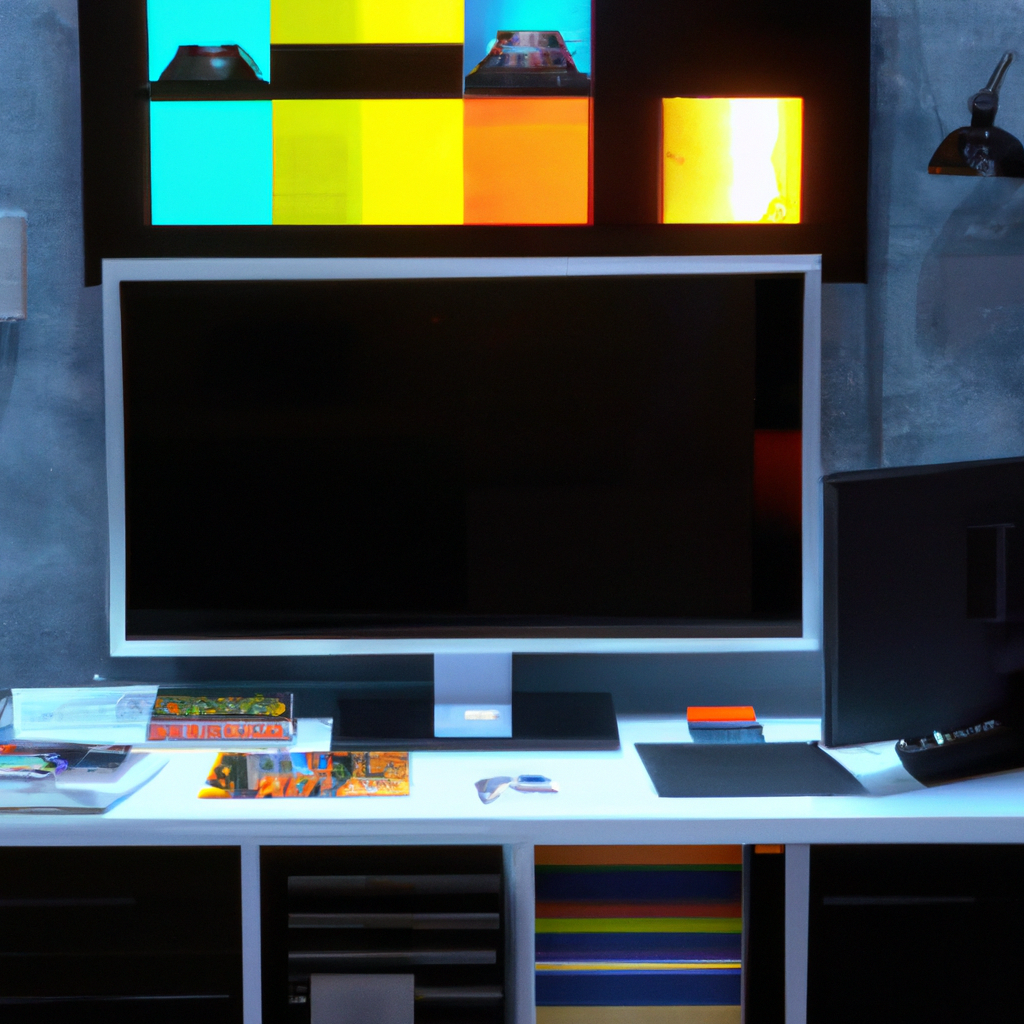Plasma TV technology has been around for over two decades and has transformed the way we watch television. It is a type of flat-screen TV that uses plasma technology to display images. Plasma TVs are popular due to their high-quality picture, vibrant colors, and deep blacks. In this article, we will explore how plasma TV works, including the plasma display panel, plasma physics, and how plasma technology differs from other display technologies.
How Plasma TV Works
A plasma TV is made up of millions of tiny cells that contain a mixture of noble gases, such as xenon and neon. These cells are sandwiched between two thin sheets of glass and are charged with an electrical current. When the current passes through the cells, the gases inside become ionized, which causes them to emit ultraviolet light.
The ultraviolet light then strikes a layer of phosphors, which emit visible light. These phosphors are arranged in clusters of red, green, and blue, which combine to create the full-color image on the screen. The image is refreshed multiple times per second, which creates the appearance of motion.
Plasma Display Panel
The plasma display panel (PDP) is the heart of a plasma TV. It is made up of millions of tiny cells, each containing a small amount of gas. Each cell is made up of two glass panels, which are coated with a thin layer of metal. The two panels are separated by a small gap, which contains a small amount of gas.
When an electrical current is applied to the metal coating, the gas inside the cell becomes ionized, which creates plasma. The plasma emits ultraviolet light, which strikes a layer of phosphors, creating visible light.
Plasma Physics
Plasma is a state of matter that is similar to gas, but with some significant differences. Plasma is made up of charged particles, such as ions and electrons, which interact with each other in unique ways. Plasma is also affected by magnetic and electric fields, which can be used to manipulate the plasma.
In a plasma TV, the plasma is created by ionizing the gases inside the cells. The plasma emits ultraviolet light, which strikes a layer of phosphors, creating visible light. The ultraviolet light is invisible to the naked eye, but the phosphors emit visible light, creating the image on the screen.
Plasma Technology vs. Other Display Technologies
Plasma technology differs from other display technologies, such as LCD and OLED, in several ways. One of the most significant differences is the way that the image is created. In a plasma TV, the image is created by ionizing gas inside the cells, which emits ultraviolet light that strikes a layer of phosphors, creating visible light. In an LCD TV, the image is created by blocking light using liquid crystals, while in an OLED TV, the image is created by emitting light from organic compounds.
Another difference between plasma technology and other display technologies is the way that the screen is lit. In a plasma TV, each cell emits its own light, which means that the screen can be viewed from any angle. In an LCD TV, the screen is backlit by a single light source, which means that the screen can be difficult to view from certain angles. OLED TVs have a similar viewing angle to plasma TVs but are more expensive.
Conclusion
In summary, a plasma TV works by ionizing gas inside millions of tiny cells, which emits ultraviolet light that strikes a layer of phosphors, creating visible light. Plasma technology is different from other display technologies in the way that the image is created and the way that the screen is lit. Plasma TVs are popular due to their high-quality picture, vibrant colors, and deep blacks.







